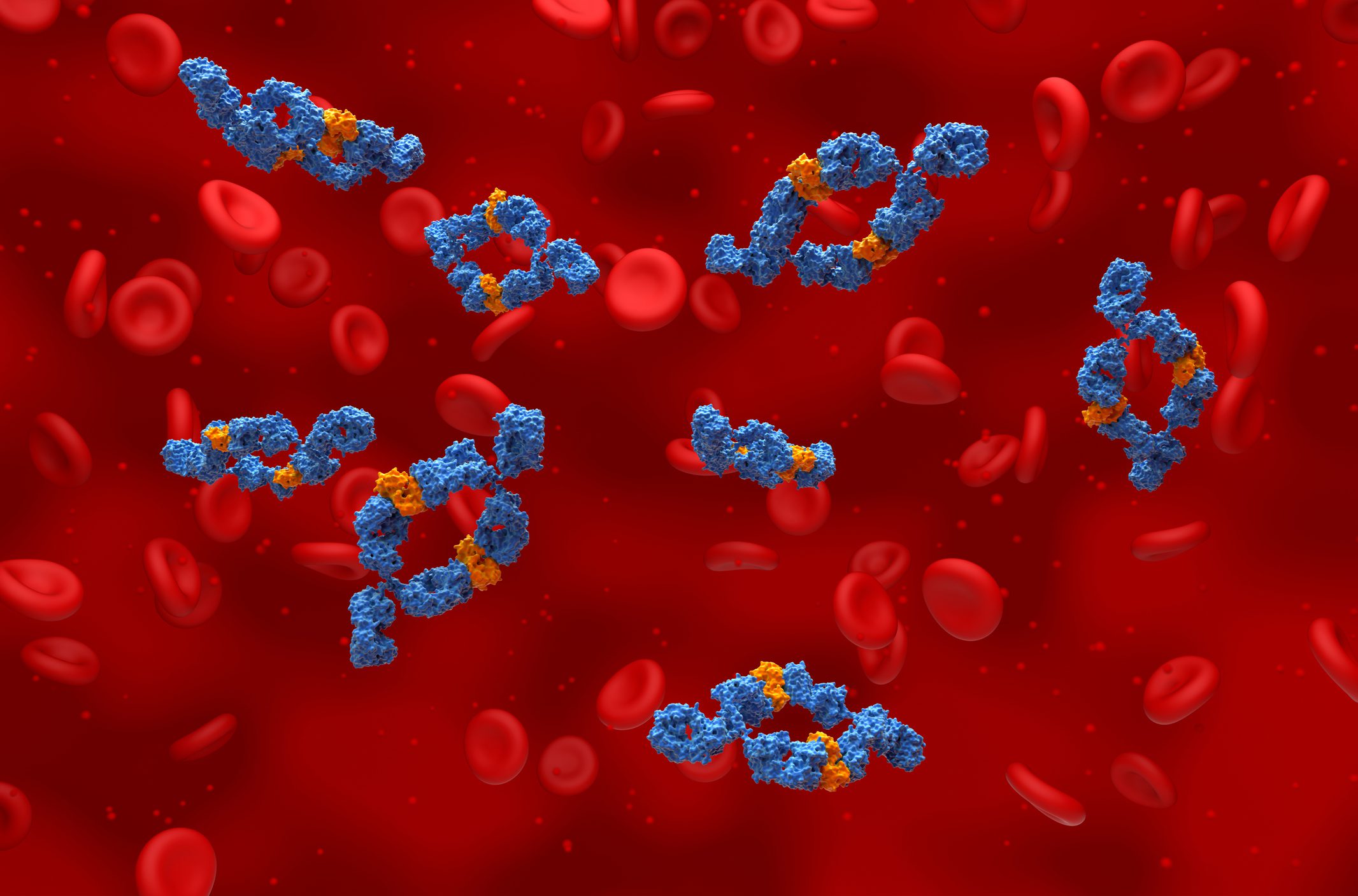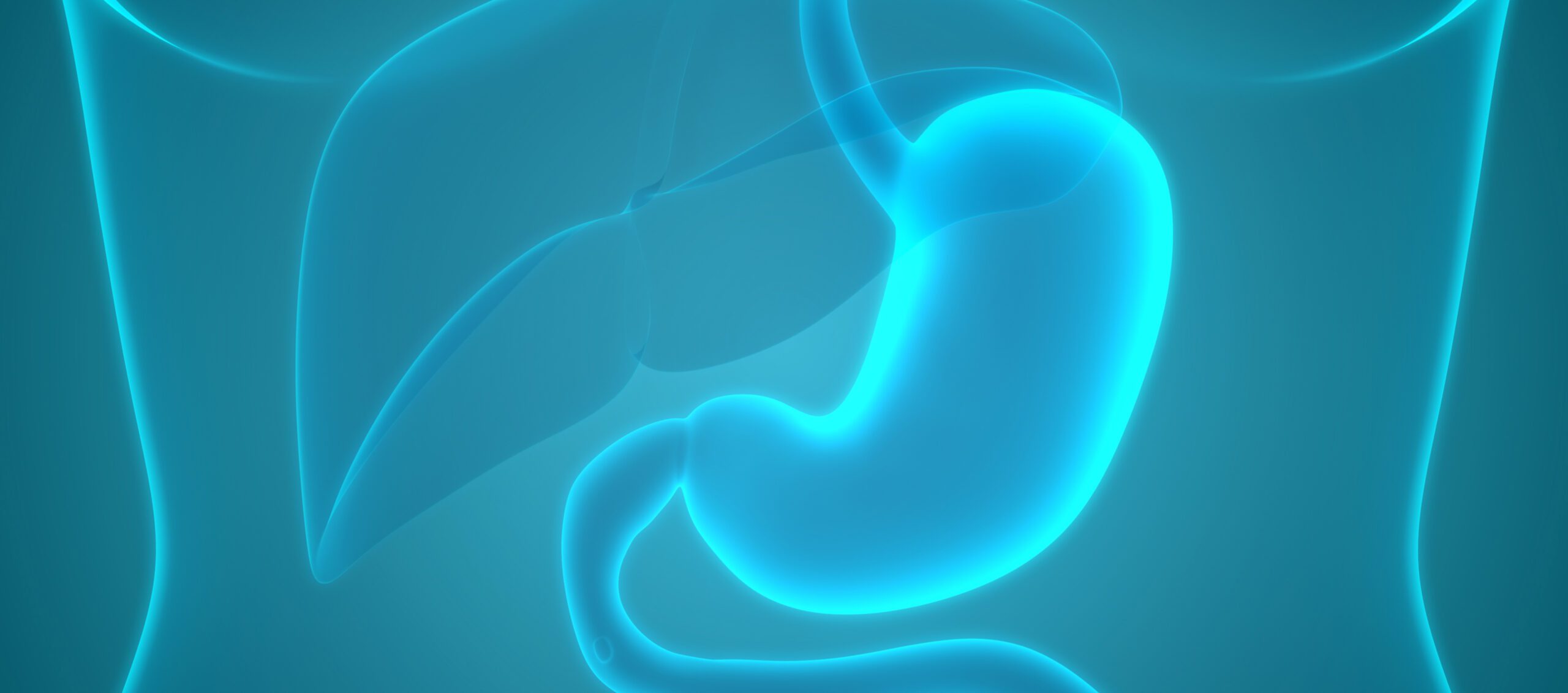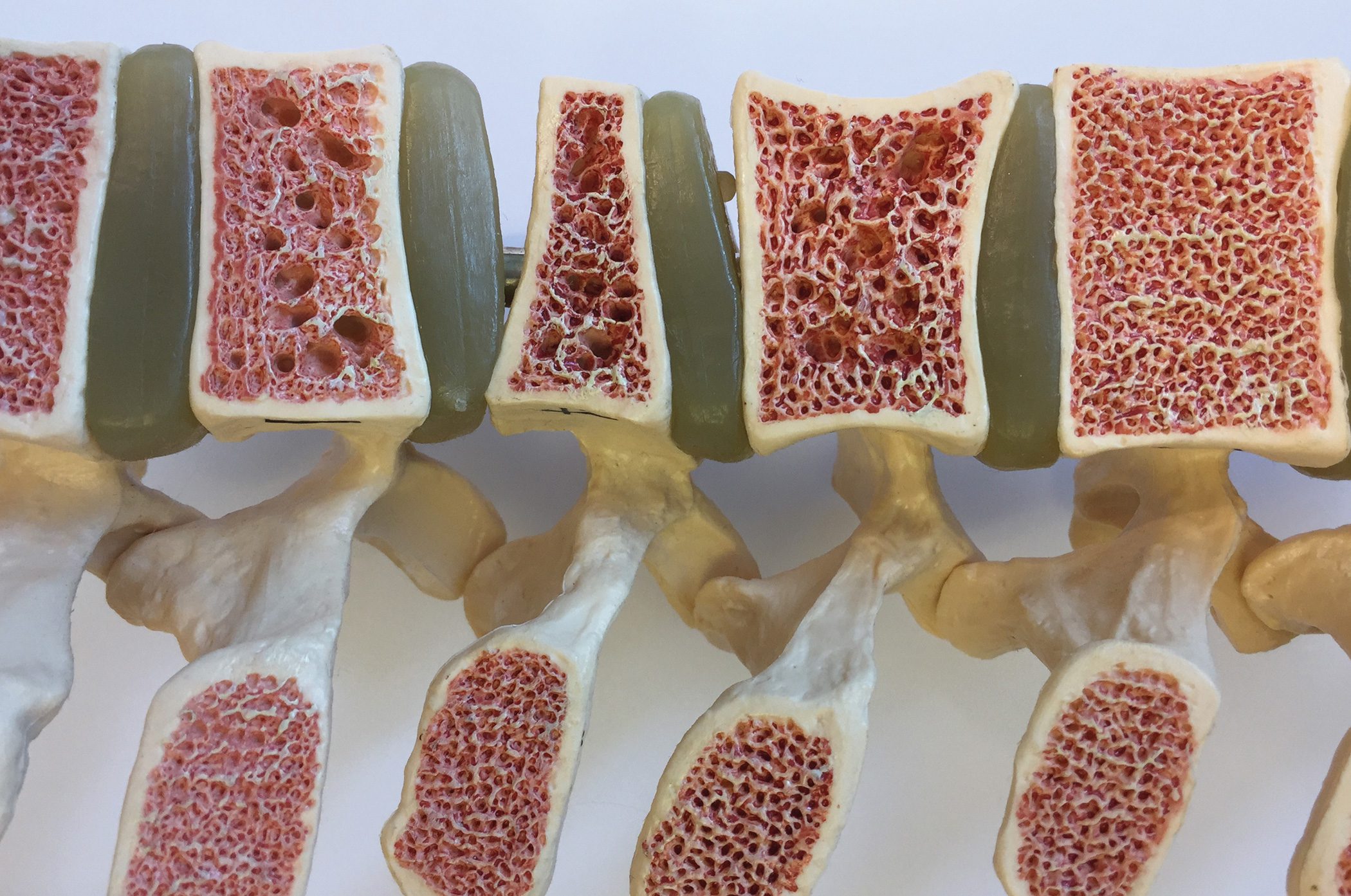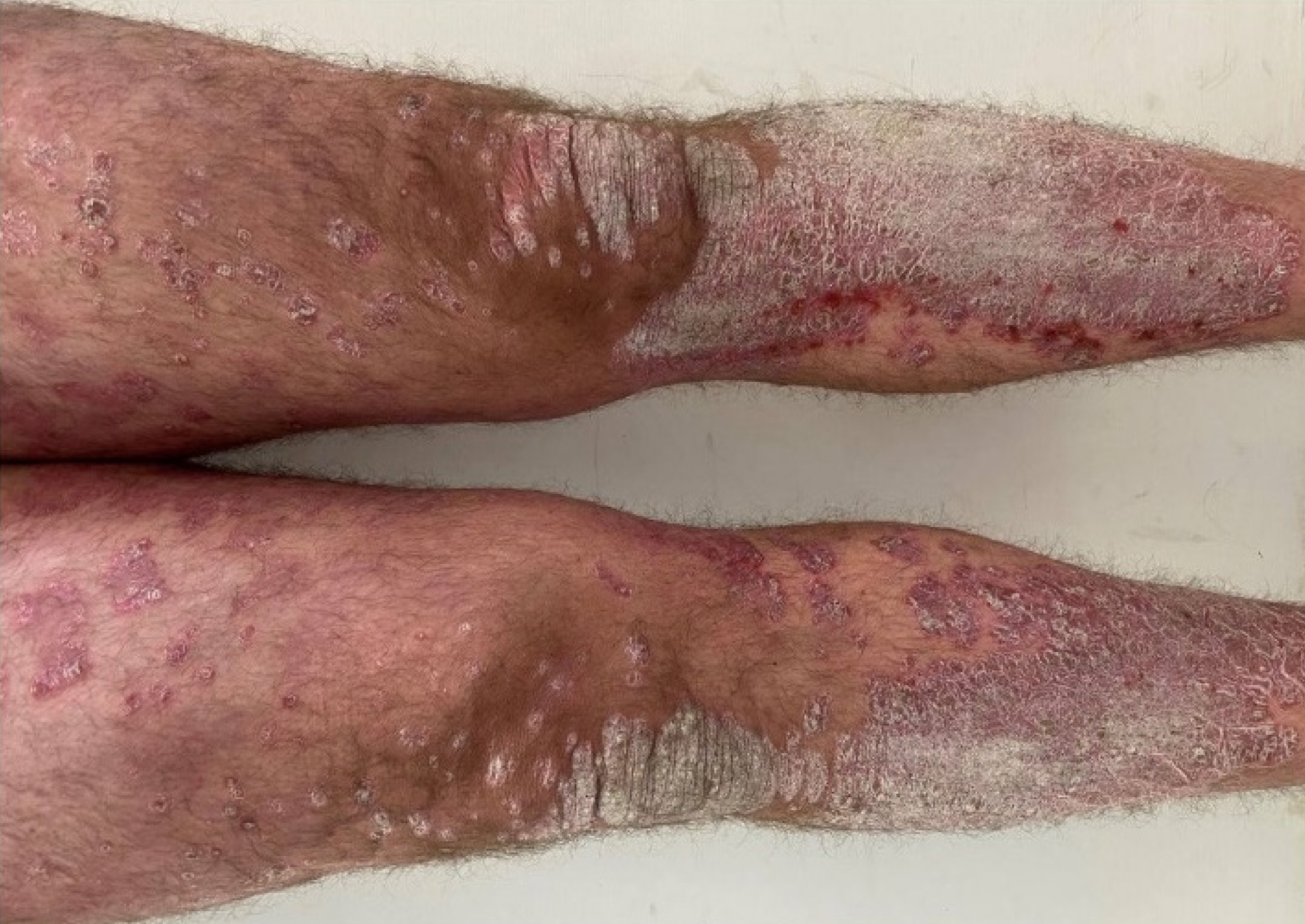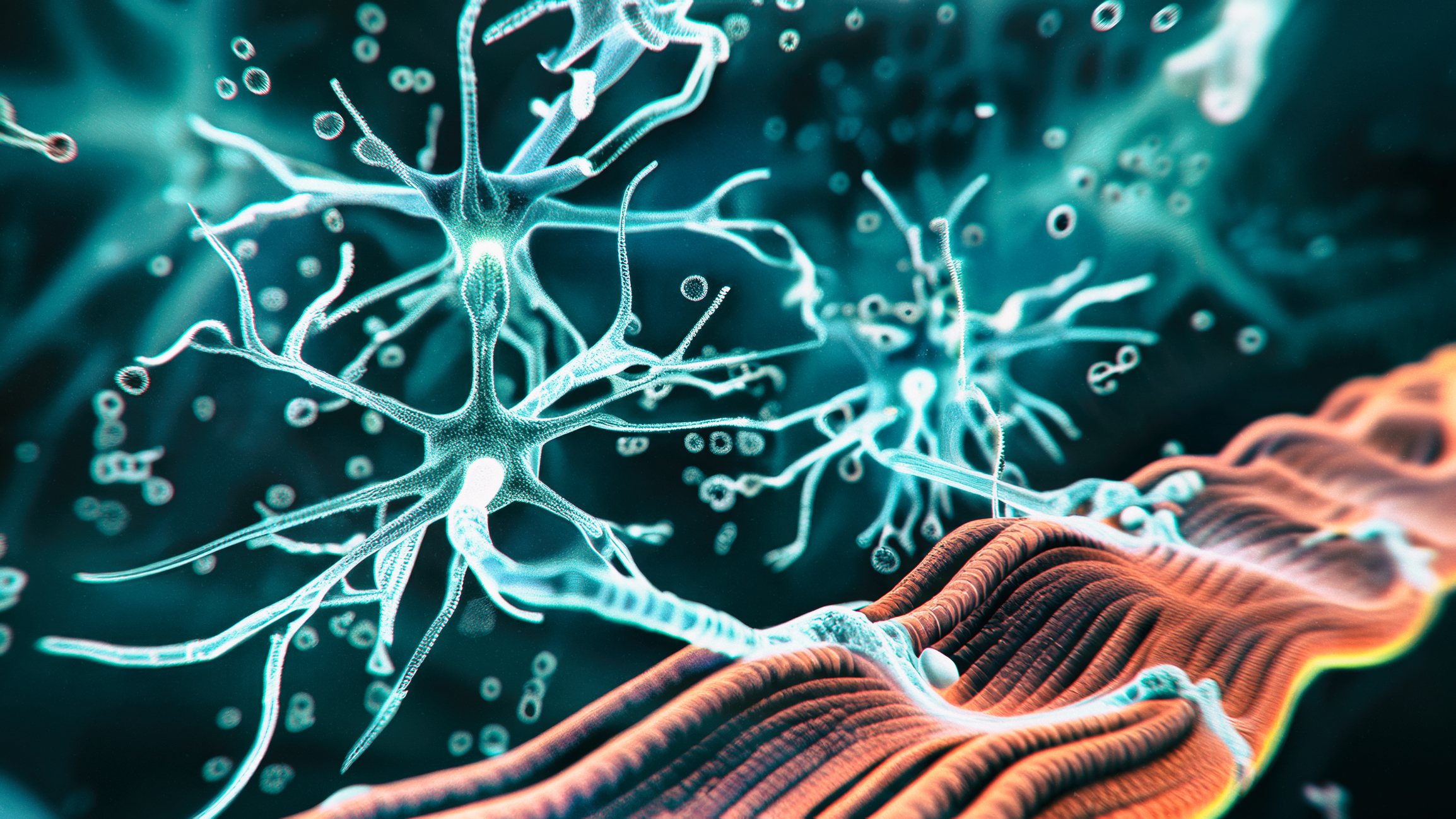After Alzheimer’s disease, Parkinson’s disease is currently the second most common neurodegenerative disease. The majority of those affected are ≥60 years old when it first manifests, but a minority develop the disease at a younger age. With suitable symptomatic therapies, the disease can often be well controlled for years. Consideration of the individual symptom profile is crucial here. A causal therapy does not yet exist, but disease-modifying approaches are being researched.
Autoren
- Mirjam Peter, M.Sc.
Publikation
- HAUSARZT PRAXIS
Related Topics
You May Also Like
- Cystic fibrosis
Small spray – big footprint
- From symptom to diagnosis
Abdominal pain – Gastric outlet stenosis
- When the bones become more fragile: “Case Finding”
Fracture risk reduction in osteoporosis
- Biologics for plaque psoriasis
What increases the chance of a sustained remission?
- Findings from the ALS Symposium 2024 in Montreal
Current and future approaches in the treatment of amyotrophic lateral sclerosis (ALS)
- Pain and autism
Hurdles to pain treatment for autistic patients
- Long-COVID
Increased risk with asthma and COPD
- Atopic dermatitis in children




